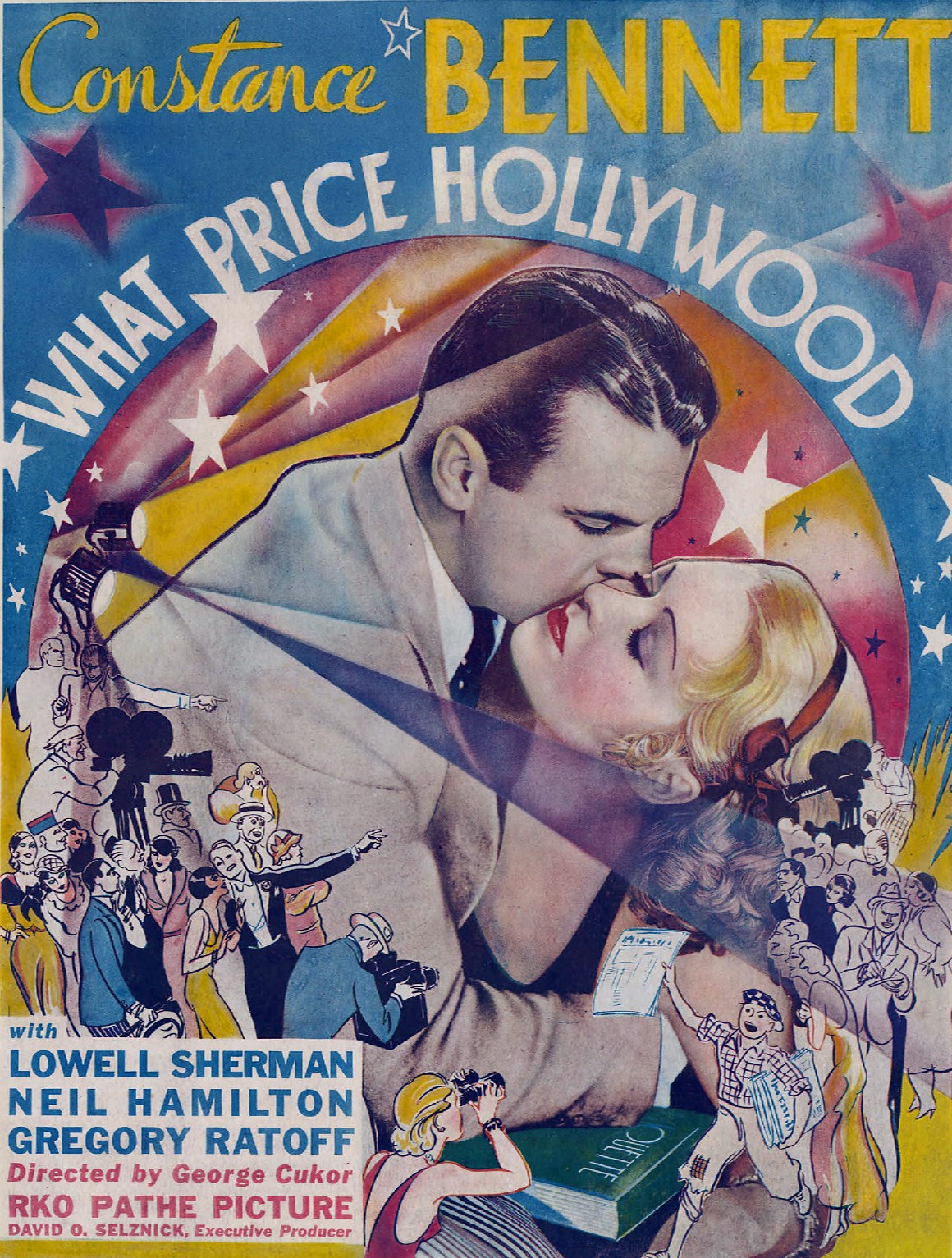 |
| Douglas Fairbanks Jr. and Katharine Hepburn in Morning Glory |
Morning Glory earned Katharine Hepburn her first Oscar. It was only the sixth Academy Award for best actress ever given, and in some ways it was the first "modern" Oscar for acting. The initial one went to Janet Gaynor for a silent-film performance, and the subsequent ones were for Hollywood grande dames making their way out of silence, Mary Pickford and Norma Shearer; for beloved old trouper Marie Dressler; and for a Broadway diva making a temporary detour into movies, Helen Hayes. That last one shows what Hollywood was looking for, and what it found in Hepburn: actors who could talk. But unlike the diminutive and rather plain Hayes, Hepburn could hold the camera. Hollywood had never seen anything quite like her: beautiful in an imperious way, she had real presence and a unique style. That style would harden into mannerism after a few years and get her branded as "box-office poison" until she managed to turn things around again in the 1940s, with The Philadelphia Story (George Cukor, 1940) and the subsequent potent teaming with Spencer Tracy. But for the time she was praised for a tonic, refreshing hold on the screen. Morning Glory itself is not much: the familiar story of the hopeful who goes out there and comes back a star. Lowell Sherman, who directed, had just appeared in a similar fable, the ur-Star Is Born movie What Price Hollywood? (Cukor, 1932), and the pattern hardened when Ruby Keeler subbed in for Bebe Daniels in 42nd Street (Lloyd Bacon, 1933). Hepburn manages to segue convincingly from the naive chatterbox trying to muscle her way onto Broadway to the mature, toughened but still insecure character at the end, though it's a little unclear why such veterans as Adolphe Menjou's producer and Douglas Fairbanks Jr.'s playwright would be so susceptible to the pest that Eva Lovelace makes of herself at first. Also unclear is why Eva's performances of Hamlet's "To be or not to be" soliloquy and Juliet's part of the balcony scene so impress the guests at the party: Hepburn rattles them off with no attention to the meaning behind the familiar words. She seems, for example, to take the line "Wherefore art thou Romeo?" as a question about his location rather than about his name. The film is pre-Code, so one thing is clear: that Eva and the producer have slept together after she gets soused at the party.
